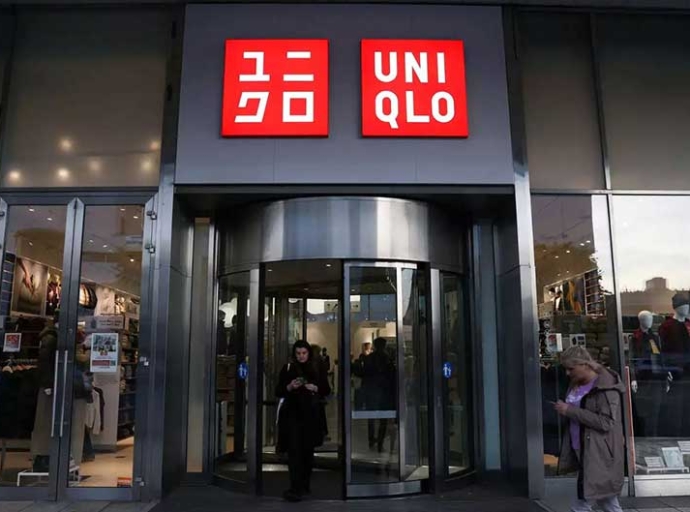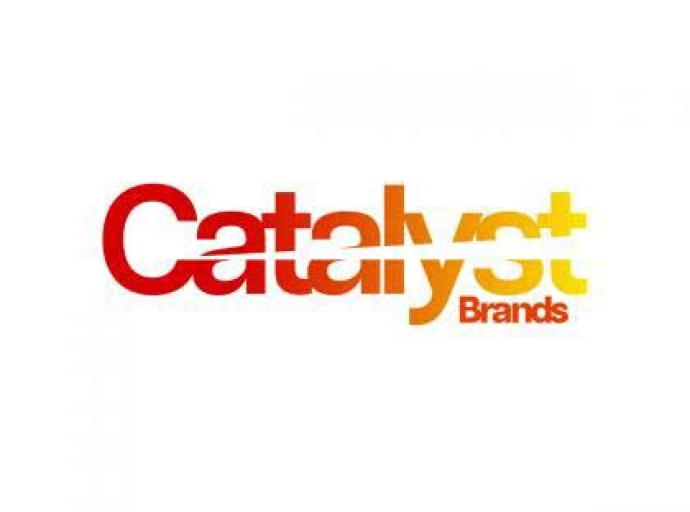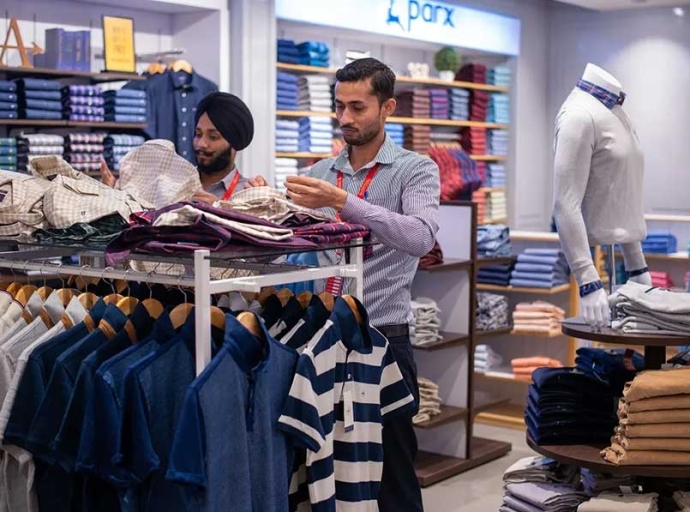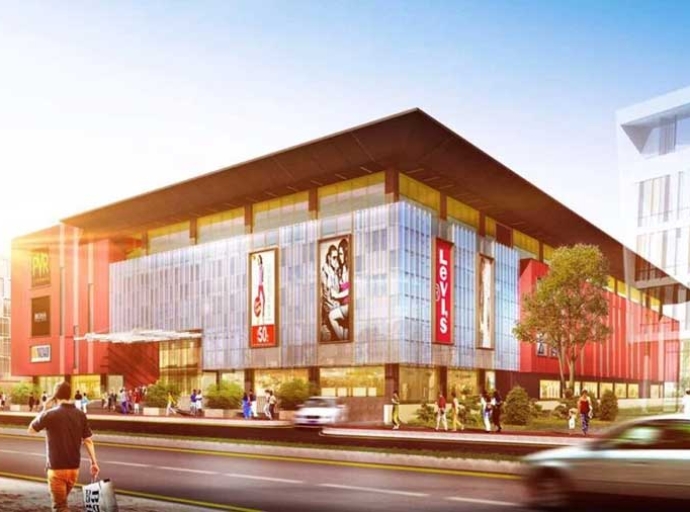17 April 2023, Mumbai
In a ground-breaking effort to hold the international fashion industry legally responsible for human rights violations in the nations where their clothing is produced, legal complaints are being written against some of the fashion brands around the world in significant garment-producing countries throughout Asia.
Rising Up
A pan-Asian labor rights organization called the Asia Floor Wage Alliance (AFWA) claims it is using legal challenges to argue that substantial clothing companies and their suppliers should be treated as joint employers under national laws and be held responsible for wage violations during the pandemic.
Stitching Hope; In a ground-breaking effort to keep the international fashion industry legally accountable for violations in the nations where their clothing is produced, legal complaints are being filed against some of the biggest fashion brands in the world in significant garment-producing countries throughout Asia.
The Battle for Fair Labor Practices in the Fashion World
In-depth interviews and analysis that AFWA performed for a new study released this week served as the foundation for the legal cases' main accusations and defenses. The paper examined the effects of "wage theft" in six garment-producing nations.
Uniting for Fairness; It asserted that several of the biggest clothing companies in the world were jointly to blame for a decline in wages, or "gap," and the ensuing poverty and misery of millions of apparel/garment workers throughout Asia. It contends that the cancellation of billions of dollars worth of clothes orders by fashion firms during the pandemic directly and negatively impacted the supply chain workers.
Fair labor practices
The Ongoing Battle for Fair Labor in the Apparel Industry persists, according to reports with 98% of apparel/garment workers in Bangladesh reported to be earning less than a living wage and several instances of exploitation and unsustainable/unsafe working conditions continuing to plague the industry.
No gainsaying that workers' rights advocates/champions are pushing for reforms and rising transparency/traceability in the supply chain to save the rights, safety, and well-being of those workers who make our apparel/clothes.
Advocates Push for Better Working Conditions in the Garment Sector; Several employees were fired, reduced their hours, or sent home for extended periods without pay. The garment workers' pre-existing poverty-level earnings in Asia did not offer any safety net that would have allowed them to survive the loss of their jobs and income during the epidemic.
Reality check According to the report, the majority of garment workers did not have the ability or access to seek compensation for lost wages during the pandemic, even though national laws protected their rights due to the need to find other employment, the threat of going hungry, and the authorities' lax enforcement of labor laws.
From Factory to Fashion; One Sri Lankan employee who requested anonymity claimed that once her hours were reduced in the summer of 2020, she could not provide for her children. She claimed the employer informed her that the brands had canceled orders, so they had to take vacation time and have fewer hours.
She already realized that she couldn't afford to buy enough food for the family because she had trouble making ends meet on her salary and had to work overtime to pay bills. She was worried about how she would survive every day.
An earlier joint statement of the Sri Lankan signatory unions, Free Trade Zones & General Service Employees Union, National Union of Seafarers Sri Lanka & National Union of Migrant Workers Sri Lanka, and Sri Lanka Nidahas Sewaka Sangamaya had announced: “This is the first time an industrial sector is represented in a bi-partite agreement with worker representatives.
Snapshot
Workers do not profit from the growing export rates of the Sri Lankan industry and continue to be paid poverty wages. The minimum legal salary in China remains significantly below a living wage, and many workers remain poor—despite the fact that many textile workers are paid more than a living wage.
Activists Demand Better Labor Rights in Apparel Manufacturing.
Collective Action for Change; There are millions of workers employed worldwide in the US$2.4 trillion apparel and footwear sector. In the US, Canada, Europe, Japan, and Australia, clothing and footwear made in Asia, Latin America, Eastern Europe, or other regions can be found on the garment/clothing racks. The US has one of the highest levels of the minimum pay in the world for garment workers
The factories that make these garments and shoes are plagued with labour violations.
Addressing Apparel Industry Labor Concerns; A Review of Industry Responses to Sweatshop Labor, with Limited Uniformity and Detail in Codes of Conduct, and Challenges in Monitoring and Enforcement for U.S. Manufacturers and Retailers.
In Solidarity for Workers' Rights; Worldwide, factory owners and managers frequently terminate expectant workers or refuse maternity leave, retaliate against employees who join or establish unions, require overtime work or face termination, and turn a blind eye to male employees' or managers' sexual harassment of female employees.
The way forward for Workers' Rights in the Apparel Industry, is as we start to increasingly see the fight for fair labor practices gathering pace and incremental acceptance with increased improving sensitization/awareness, espousing, and demands accountability from wearers, brands, retailers, and policymakers/lawmakers alike. Collaborating for a Better Future for Apparel Industry Workers is the road ahead.
Behind the Seams; By highlighting the shortcomings of the governments of the nations where these factories are located and closely examining the corporate accountability procedures of major clothing and footwear companies, Human Rights Watch conducts research and advocates for the rights of workers.
Cracking the Code
Analyzing Industry Responses to Labor Concerns in the Apparel Industry, with Insights on Initiatives and Codes of Conduct. Limited Uniformity, Lack of Detail, and Challenges in Monitoring and Enforcement Identified."
Shared Vision; Leading global brands like C&A continuously undertake a series of initiatives and processes to guarantee respect for their employees and the law at all its stores, distribution centers, and other administrative areas. Apparel giants like Nike and H&M face scrutiny over labor practices, with reports of sweatshop conditions and exploitation. Workers' rights activists demand increased transparency and accountability for a fairer industry.
Latest Publications


































